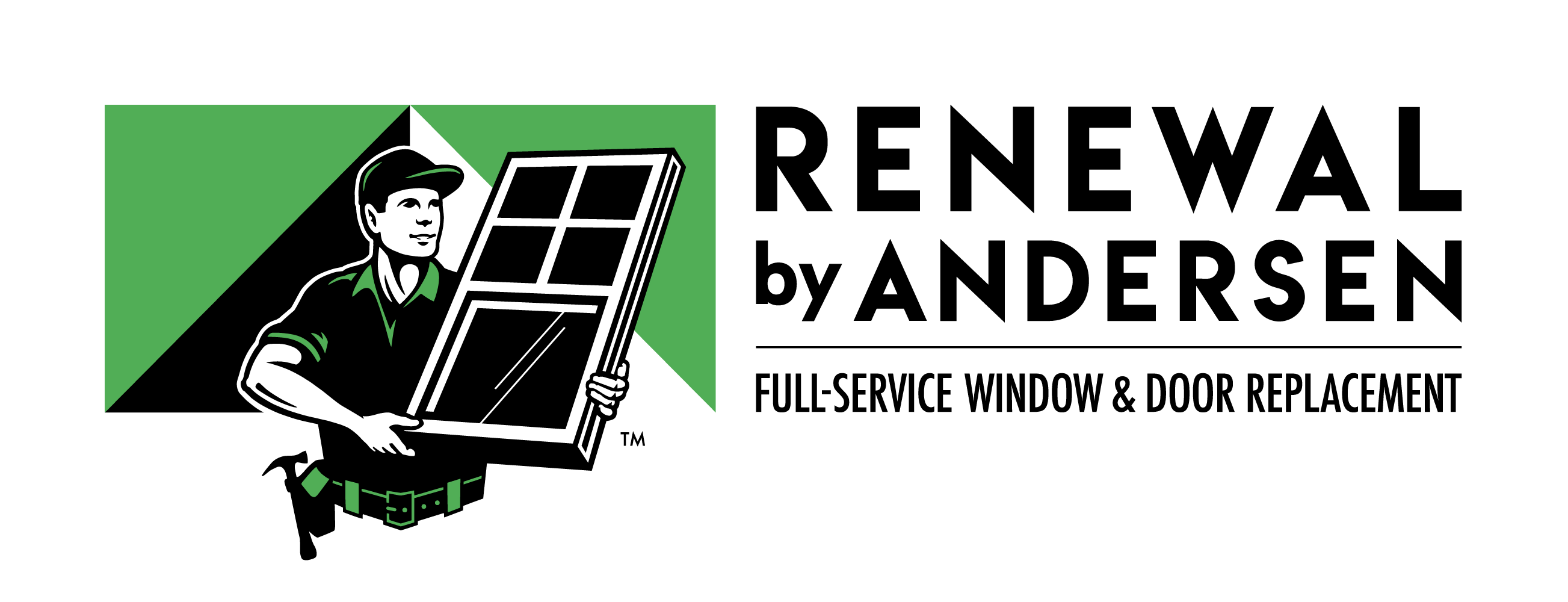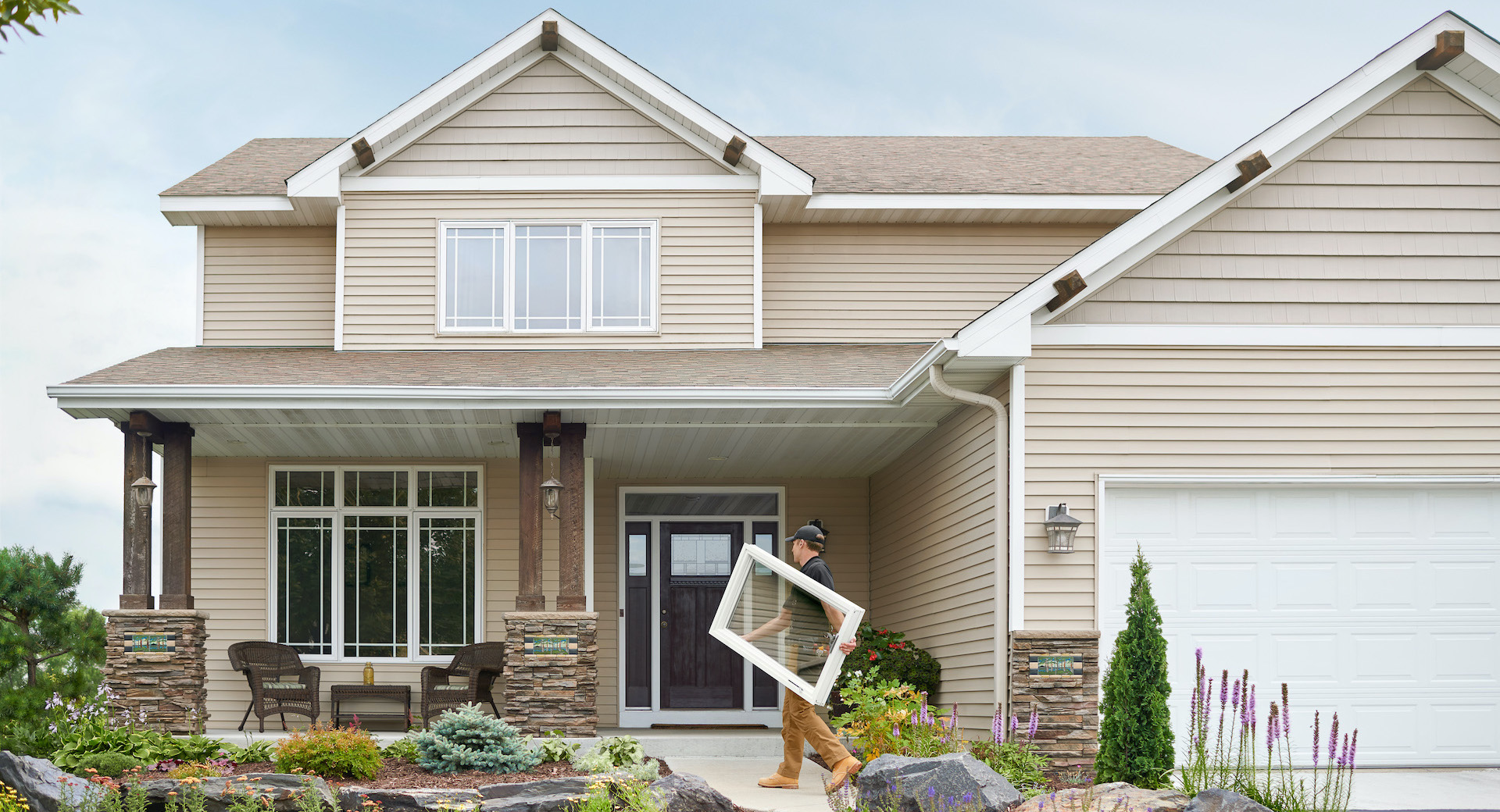06 Mar Maximizing the Lifespan of Your Windows: What You Need to Know
You know you have to replace your roof after several decades, and that no appliance will last forever. But did you know that your windows are also subject to the same loss of value over time?
Specifically, it’s important to understand that the lifespan of a window depends on many factors, from its age and materials used to where it is located.
That’s why we’re going to provide you with an overview of everything you need to know, including what to look for when you’re ready to upgrade your existing windows.
Looking at the Lifespan of Windows
Simply put, windows — like any other type of home improvement product — can depreciate in value over time. This is especially true if the windows are not properly maintained or updated to keep up with the changing environment and technological advancements.
Moreover, one of the primary factors that affect a window’s value is its age.
Windows installed decades ago may be outdated and inefficient, and may require additional measures to keep them functioning properly. Regular maintenance should include cleaning the windows at least twice a year to remove dirt and debris buildup, along with checking for any signs of wear or damage (like cracks and leaks).
Additionally, if the window is more than 20 years old, it’s likely that an upgrade would be beneficial in terms of energy efficiency and longevity, as this is the average lifespan of a residential window.
Facing the Reality of Multiple Factors
Another factor in window value is the material that it’s made from. Traditional wooden frames may be aesthetically pleasing, but they can warp and crack over time, requiring significant effort to restore them to their original condition. More modern materials such as vinyl or aluminum often last longer with less upkeep, thereby increasing the lifespan of the window.
The environmental conditions in an area can also affect the performance and lifetime of a window. Extreme temperatures, high winds, and frequent rain — all of which are commonly experienced in Florida — can all place additional strain on windows that weren’t designed to withstand them.
Additionally, long-term exposure to ultraviolet (UV) rays from the sun can cause fading and other damage to both the interior and exterior of a window.
Overall, windows can last anywhere from 10 to 40 years, depending on the materials and maintenance they receive. Regular upkeep such as cleaning and inspection will help to extend the life of any window, while upgrades when necessary can also help keep them running at peak efficiency.
Get Ready for the Right Upgrades
Perhaps you’ve realized that your window’s lifespan is nearing its end, and you need to embark on the hunt for replacements. In that case, what should you look for?
When shopping around for upgrades, be sure to compare prices, materials, warranties, and energy efficiency ratings. This will help to ensure that you get the most bang for your buck, and keep your windows running as efficiently as possible for years to come.
For example, here at Renewal by Andersen® of Florida, we remain committed to providing you with revolutionary replacement window options, including
- High-Performance™ Low-E4® SmartSun™ glass
- Industry-leading Fibrex® frames
- A wide variety of window styles and aesthetics
- Financing options
- Reliable warranties
- And more!
So, are you ready to schedule your FREE consultation with Renewal by Andersen® of Florida? If so, reach out to us today by calling (855) 830-2420!

